Usually these "startupscripts" are handy for translations or passing settings to javascript.
Although the solution Mike provided is correct on the .Net side I doubt in a clean (read: no spaghetti code) production environment this is a good practice. It would be better to add .Net variables to a javascript object like so:
// GA example
public static string GetAnalyticsSettingsScript()
{
var settings = new StringBuilder();
var logged = ProjectContext.CurrentUser != null ? "Logged" : "Not Logged";
var account = Configuration.Configuration.GoogleAnalyticsAccount;
// check the required objects since it might not yet exist
settings.AppendLine("Project = window.Project || {};");
settings.AppendLine("Project.analytics = Project.analytics || {};");
settings.AppendLine("Project.analytics.settings = Project.analytics.settings || {};");
settings.AppendFormat("Project.analytics.settings.account = '{0}';", account);
settings.AppendLine();
settings.AppendFormat("Project.analytics.settings.logged = '{0}';", logged);
settings.AppendLine();
return settings.ToString();
}
And then use the common Page.ClientScript.RegisterStartupScript to add it to the HTML.
private void RegisterAnalyticsSettingsScript()
{
string script = GoogleAnalyticsConfiguration.GetAnalyticsSettingsScript();
if (!string.IsNullOrEmpty(script))
{
Page.ClientScript.RegisterStartupScript(GetType(), "AnalyticsSettings", script, true);
}
}
On the JavaScript side it might look like this:
// IIFE
(function($){
// 1. CONFIGURATION
var cfg = {
trackingSetup: {
account: "UA-xxx-1",
allowLinker: true,
domainName: "auto",
siteSpeedSampleRate: 100,
pluginUrl: "//www.google-analytics.com/plugins/ga/inpage_linkid.js"
},
customVariablesSetup: {
usertype: {
slot: 1,
property: "User_type",
value: "Not Logged",
scope: 1
}
}
};
// 2. DOM PROJECT OBJECT
window.Project = window.Project || {};
window.Project.analytics = {
init: function(){
// loading ga.js here with ajax
},
activate: function(){
var proj = this,
account = proj.settings.account || cfg.trackingSetup.account,
logged = proj.settings.logged || cfg.customVariablesSetup.usertype.value;
// override the cfg with settings from .net
cfg.trackingSetup.account = account;
cfg.customVariablesSetup.usertype.value = logged;
// binding events, and more ...
}
};
// 3. INITIALIZE ON LOAD
Project.analytics.init();
// 4. ACTIVATE ONCE THE DOM IS READY
$(function () {
Project.analytics.activate();
});
}(jQuery));
The advantage with this setup is you can load an asynchronous object and override the settings of this object by .Net. Using a configuration object you directly inject javascript into the object and override it when found.
This approach allows me to easily get translation strings, settings, and so on ...
It requires a little bit knowledge of both.
Please note the real power of tis approach lies in the "direct initialization" and "delayed activation". This is necessary as you might not know when (during loading of the page) these object are live. The delay helps overriding the proper objects.
